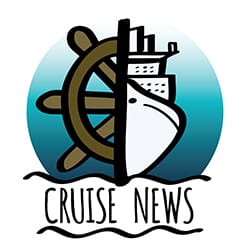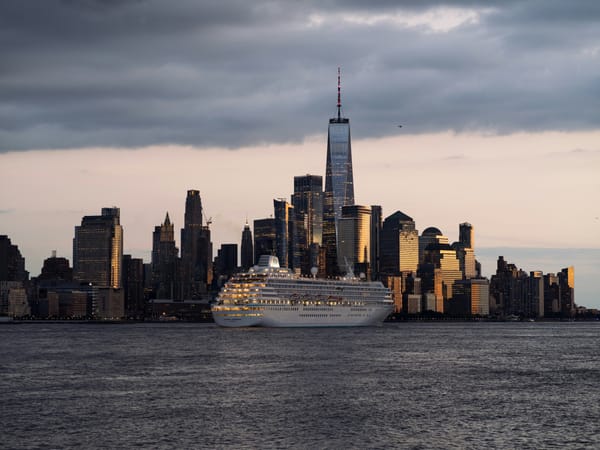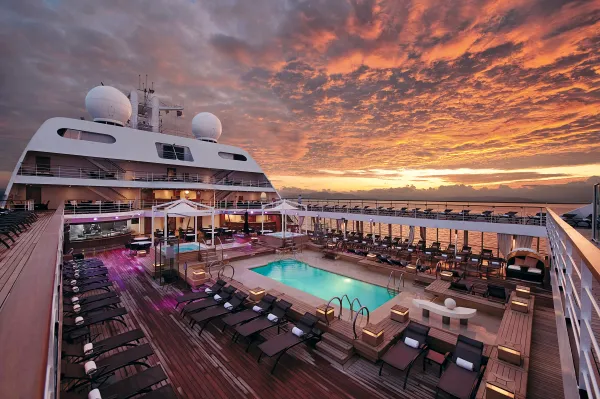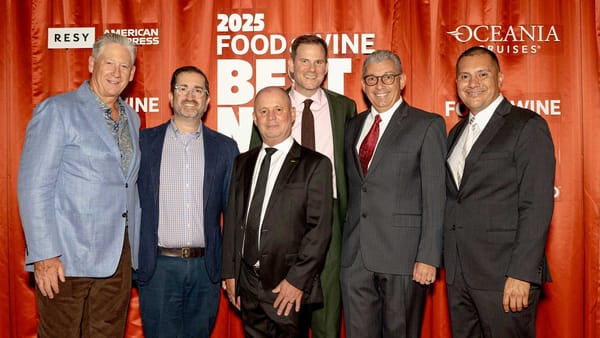How Cruise Ships Evolve: From Boutique Vessels to Mega Liners
Today’s cruise ships span a vast range of sizes and styles, as the industry balances guest experience, operational efficiency, and environmental considerations amid ongoing growth.
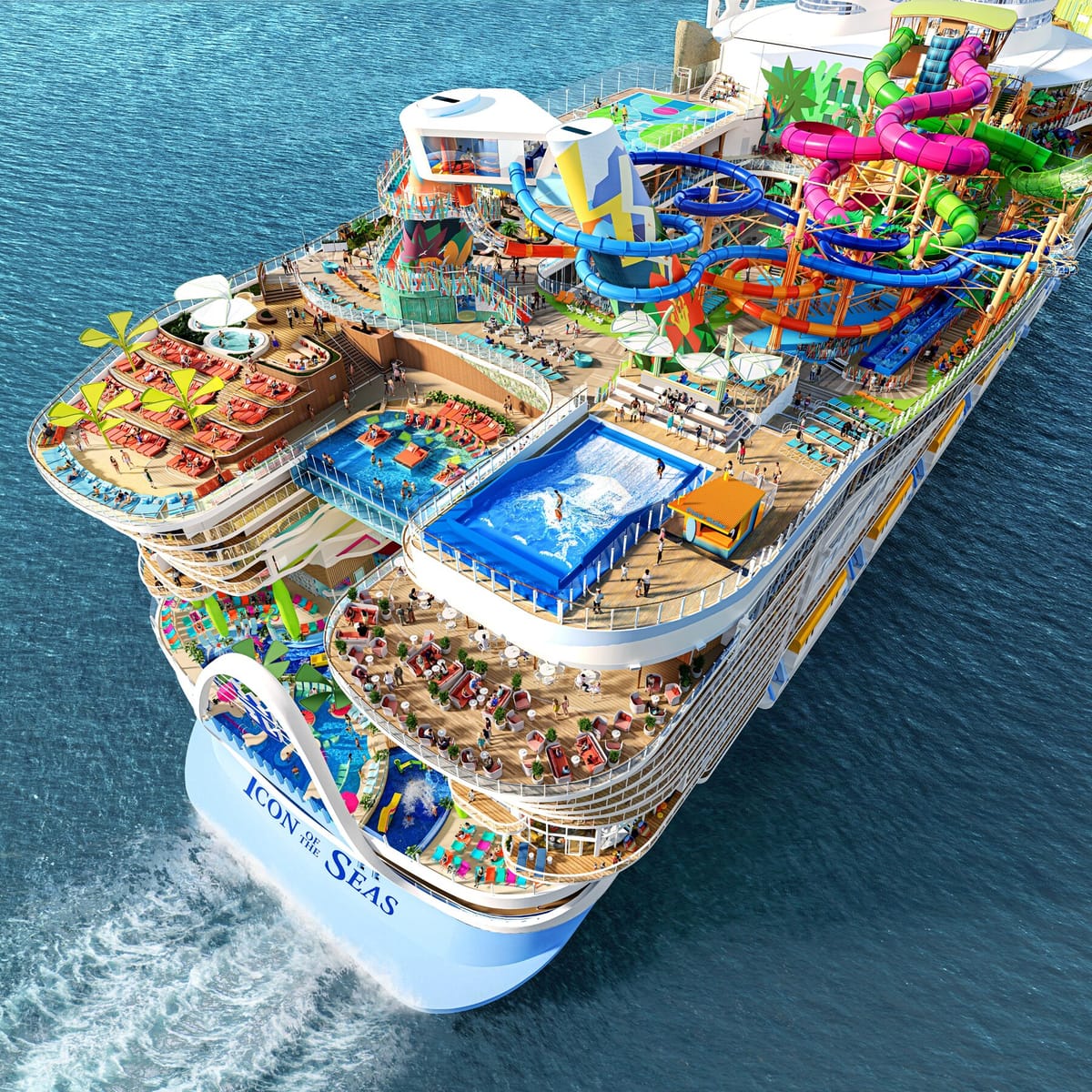
As the cruise industry continues to grow, the size and capacity of cruise ships remain a key talking point for travelers and stakeholders alike. Modern cruise ships are not just transportation vessels; they are floating cities designed to provide luxurious vacation experiences. From small boutique ships to mega cruise liners, the diversity in size and amenities caters to a broad range of travelers.
Understanding Cruise Ship Size and Capacity
The size of a cruise ship is typically measured in length, width (beam), height, and gross tonnage (GT). Gross tonnage, which reflects the ship's total internal volume, is particularly crucial for understanding the capacity and scale of a vessel. Most modern cruise ships exceed 1,000 feet in length and average 120,000 GT, while the largest ships, like Royal Caribbean’s Icon of the Seas, can reach up to 248,663 GT with a length of almost 1,200 feet.
Passenger capacity also varies significantly. The average cruise ship can accommodate around 3,000 guests, with additional crew numbers ranging from 800 to 1,200, depending on the ship’s purpose and level of luxury. Smaller expedition ships may carry as few as 200 passengers, while mega ships can host over 7,000 passengers. For instance, the Icon of the Seas can hold up to 7,600 passengers at maximum capacity, making it one of the largest cruise ships in the world.
Categories of Cruise Ships by Size
- Small Cruise Ships: Typically accommodating between 150 to 1,000 passengers, these ships are designed for more intimate travel experiences and often visit destinations with limited visitor capacity.
- Medium Cruise Ships: These vessels can hold 1,000 to 3,000 passengers and usually offer a broader range of amenities, such as dining options, pools, and entertainment venues.
- Large Cruise Ships: Popular among mainstream cruise lines, these ships host between 3,000 and 4,000 passengers, balancing size with a variety of entertainment and leisure facilities.
- Mega Cruise Ships: These ships exceed 4,000 passengers, with highlights like water parks, theaters, and multiple dining venues. Leading examples include Norwegian Cruise Line’s Epic-class and Royal Caribbean’s Icon-class ships.
Factors Influencing Passenger Capacity
Cruise ship capacity is not just about size; several factors determine how many guests a vessel can safely and comfortably carry:
- Gross Tonnage: While GT represents total enclosed volume, it directly affects how much space is available for cabins, dining, and public areas.
- Total Cabins: Capacity is also dictated by the number of cabins on board. Most cruise lines list passenger capacity based on double occupancy, assuming two guests per cabin.
- Safety Regulations: International Maritime Organization (IMO) standards regulate maximum passenger numbers to ensure safety equipment, lifeboats, and evacuation protocols are sufficient.
- Crew Requirements: Luxury ships often have higher crew-to-passenger ratios to provide enhanced service levels.
Why Are Cruise Ships Getting Bigger?
The trend toward larger cruise ships is driven by several factors:
- Profitability: Larger ships can accommodate more passengers, reducing per-person operating costs while offering more amenities.
- Amenity Expansion: Bigger ships provide space for innovations like onboard water parks, shopping malls, and fine dining establishments, attracting more passengers.
- Global Demand: Rising interest in cruise vacations has led to the need for higher capacity to meet traveler expectations.
Do Cruise Ships Feel Overcrowded?
Despite their size and capacity, well-designed cruise ships rarely feel overcrowded. Cruise lines utilize advanced planning to manage guest flow and ensure smooth operations. Dining areas, entertainment venues, and onboard activities are strategically distributed to minimize congestion. However, high-capacity ships may require advanced reservations for specialty dining or popular shows during peak seasons.
It is worth noting that cruise lines often aim to operate at or near full capacity to maximize efficiency and profits. Some even oversell voyages to account for no-shows, though measures are in place to ensure guest comfort and satisfaction. For travelers, the size of a cruise ship and its capacity largely determine the onboard experience. Whether you prefer intimate boutique voyages or bustling mega cruises, there is a ship to suit every preference.
Does Ship Size Affect Environmental and Operational Constraints?
Larger ships face several operational and environmental challenges, including:
- Port Accessibility: Super-sized vessels may be restricted from docking at smaller ports, limiting itinerary options.
- Environmental Regulations: Compliance with emissions restrictions and fuel efficiency standards becomes more critical as ship sizes increase.
- Infrastructure Needs: Ports must invest in larger berths, terminals, and shore power facilities to accommodate mega cruise ships.
Cruise lines are addressing these issues by adopting greener technologies, such as LNG-powered engines and hybrid propulsion systems, and by implementing waste reduction initiatives. The modern cruise industry reflects a balance between luxury and sustainability. As ships grow in size, operators continue to innovate to ensure a seamless guest experience while adhering to environmental and safety regulations.
Frequently Asked Questions (FAQs)
How does gross tonnage differ from weight in cruise ships?
Gross tonnage measures a ship’s total enclosed internal volume rather than its weight. It helps assess passenger capacity, onboard space, and port fees.
What is the largest cruise ship in operation today?
Royal Caribbean’s Icon of the Seas holds the title, boasting 248,663 GT and a maximum passenger capacity of 7,600.
Do larger ships always feel more crowded?
No, larger ships are designed to handle high passenger volumes efficiently, offering more amenities and spacious layouts to avoid overcrowding.
Why do cruise lines prioritize building bigger ships?
Larger ships generate higher revenue per passenger due to increased capacity, reduced operating costs, and the ability to offer diverse onboard activities.
What are the safety measures for high-capacity cruise ships?
Cruise lines comply with IMO regulations, ensuring adequate lifeboats, safety equipment, and evacuation procedures for all passengers and crew.
The rapid expansion of cruise ship sizes highlights the industry’s focus on innovation, scalability, and enhancing guest experiences. Whether travelers seek intimate journeys or grand adventures, cruise lines continue to cater to diverse preferences while advancing sustainability and safety measures.
